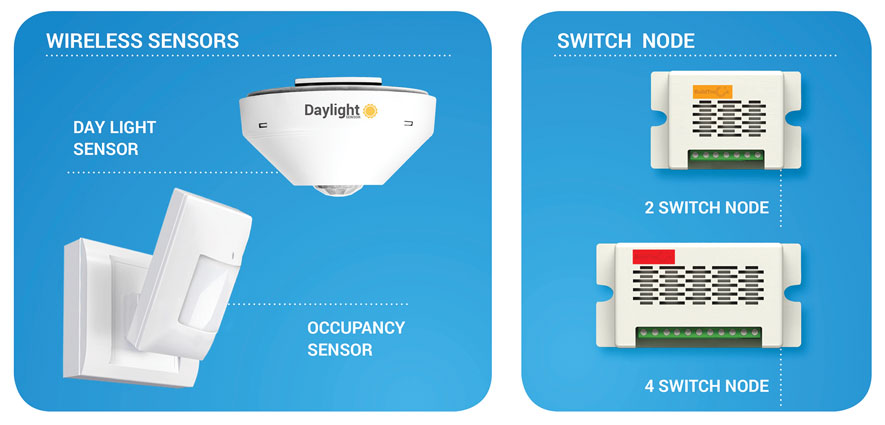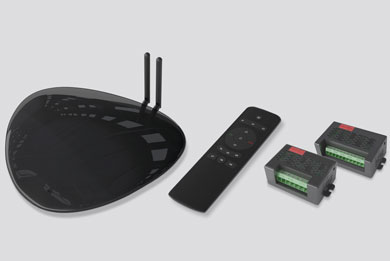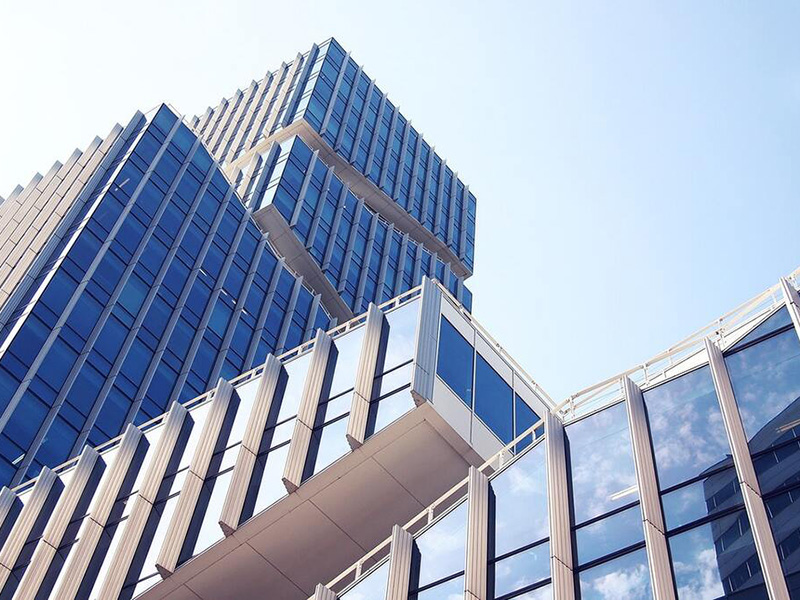By Seema Gupta
From offering advanced security features, the Smart Home now encompasses sensors for detecting gas leakage, intrusion/theft and fire, and remote control of lighting, electrical gadgets such as AC, AV systems, curtains, main access to the house, and communication with the building's security room, neighbors and building management. All of this is powered by computing devices and information technology that connect various gadgets and instruments within the house. Smartphones and tablets are further enabling home owners to remote control/monitor their homes when away at work or while travelling.
From Luxury to Standard
With Home Automation products becoming more accessible and affordable, the concept has caught the attention of even mid-sized apartment owners. According to research conducted by Schneider Electric in 2015, the need for a safe and secure home is one of the strongest reasons why home owners consider Home Automation. This is followed by a desire for enhanced comfort, entertainment, and energy efficiency. Home Automation has more takers in urban homes, especially upper end (with outlay of more than Rs.5 crore), though mid-level home owners (Rs.1 crore outlay) are also aspiring for such solutions. Companies, including real estate developers of housing societies, keen to capture this segment of homeowners are offering comprehensive solutions that can be customised to meet individual requirements and budgets.Buyers are willing to spend 1-5 percent more for a Smart Home. Premium home buyers expect real estate developers to provide the essential home automation solutions as standard and not as luxury add-ons. However, homeowners in non-metros are more concerned about the high costs involved and are not fully aware of the tangible benefits that would accrue to them.

To attract more buyers, premium real estate developers are including automation systems in their projects and highlighting the benefits through sample flats, websites and brochures. But builders also need to address concerns on the costs involved and the value Smart Home solutions would bring to the end-users over the long term. The ROI on Smart Home solutions is 2-3 years in view of the energy savings that would accrue to the homeowner over the years.

Planning of automation should be considered with the electrical design layout
"BuildTrack has many firsts, it is an ISO 9001:2015 certified company, is also India's first E-certified home automation system and has a national as well as global patent pending products. One of their most prestigious implementations is Lokhandwala Victoria in Worli, Mumbai. This upscale 55-storied tower offers 4BHKs and penthouses and is the first building in India where home automation and building automation have been integrated as one system," he adds.
Timing it Right
"Ideally, Home Automation solutions should be chosen by the residents prior to the planning of any electrical work or conduit placement activity in a new house, because most likely Home Automation is going to be impacted by items such as the location of conduits, placement of MCBs, location of wi-fi routers, nature of switches being used (1-way, 2-way etc). So the planning of automation should be considered hand in hand with the electrical design layout, switch placement etc, for the new home. While wireless automation solutions offer flexibility, typically mid-size to large/multi-storied homes often find that wiring is inevitable for reliability and range of functioning and ideally should be considered as part of the electrical planning of every new home," advises Anuj Singhal.He adds, "The question of "when" Automation should be installed in a new home is very much dependent on "what" one interprets by the term 'Home Automation'. The definition of 'Home Automation' is broad, it covers simple things like wireless sensors that trigger switches or remotes that can be used to control multiple switches, or they may involve Smart Apps that control lights/fans, etc. The needs may vary from safety, security and convenience, to energy efficiency or a combination of them. So there are some forms of automation that can be considered for existing homes or offices without disruption to the existing electrical wiring or aesthetics of the space at any time."
Retrofitting in Existing Homes

Embedded Systems and Automation, an Indian manufacturer of Capacitive Touch Lighting Automation products, Elevator products, Safety & Security Systems, is offering a full range of Capacitive Touch Lighting Automation products and Retrofittable products with RF Touch Remote Control under its Vavis brand. Products are indigenously designed, developed and manufactured at the company's state-of-the-art unit in Gandhinagar, Gujarat.

Costs
With smaller and more affordable solutions available, it is possible to create a smart home at 1 percent of the total construction cost. Costs will further come down as demand increases through rising awareness about the benefits of home automation. Says Anuj, "The pricing depends on what one chooses: In the range of a few thousand rupees, wireless sensors that control lights/fans in a room automatically, or safety/security solutions are generally feasible. If one considers a combination of full automation features then the price tag gets into the Rs.1-2 lakhs or more bracket."Concedes Nilay, "The residential market holds the biggest chunk for automation. Real estate developers are also pitching hugely for home automation in their projects to attract customers. Many commercial and institutional projects have also started offering automation solutions. Depending on the apartment, the cost can start from Rs.1 lakh or so for a 3BHK apartment."
On the other end of the price scale are the high-end brands such as Crabtree of Havell's that offers Home Automation solutions priced between Rs.40,000 to Rs.50,000 for a single room installation, which can go up to Rs.3 lakhs for a 3-bedroom apartment (not including wiring and installation). However, the company is also developing affordable solutions for the mid segment of mass residential projects.
Residential segment accounts for ~60% of India’s home automation industry, commercial ~30%, and hospitality ~10%
Projected demand
The global market for home automation is projected to exceed $13 billion by 2020, according to Global Industry Analysts. The Asia Pacific will become the fastest growing market with a CAGR of 29.5% over a five-year period, while the US and Europe will be the largest markets for Smart Homes worldwide. The rapid proliferation of gadgets and smartphones, and technological advancements are also spurring demand for home automation products that operate at the push-of-a button.Market Analysis by Red Seer Consulting reveals that the four functional segments of home automation in India are Lighting, Security, Audio/Video and HVAC. The residential segment accounts for nearly 60% of India's home automation industry (out of which individual homes and villas account for 75-80% and builders account for ~20%). Commercial spaces comprise 30% of the home automation market, and the hospitality industry 10%.
Lighting and security are the top selling products in home automation, accounting for nearly 80-85% of the market. The lighting market is largely driven by the residential segment. In India, the industry is still dominated by remote control solutions as mobile apps and other advanced solutions are costlier. CCTVs account for about 25% of the security systems. HVAC and Audio/Video systems that account for about 15-20% of the market are more in use in hotels and commercial complexes. HVAC is largely done in complexes with centralized air conditioning. Security systems will continue to dominate the market given homeowners concerns regarding theft and intrusion followed by desire for energy efficient solutions..
According to India Home Automation Market Outlook, 2021, the home automation market in India, though at a nascent stage, is expected to grow at a CAGR of 23.63% in the next six years with Delhi, Mumbai, and Hyderabad as the most potential cities, followed by Bangalore and Ahmedabad. Demand is set to rise as Home Automation and control solutions help in addressing the needs of India's rapidly evolving urban infrastructure, where technology forms the bedrock of all operations. Growth opportunities in the home automation market are being led by increasing adoption of automated services by consumers and the government's incentives for green initiatives and its focus on creating 'smart cities'.















